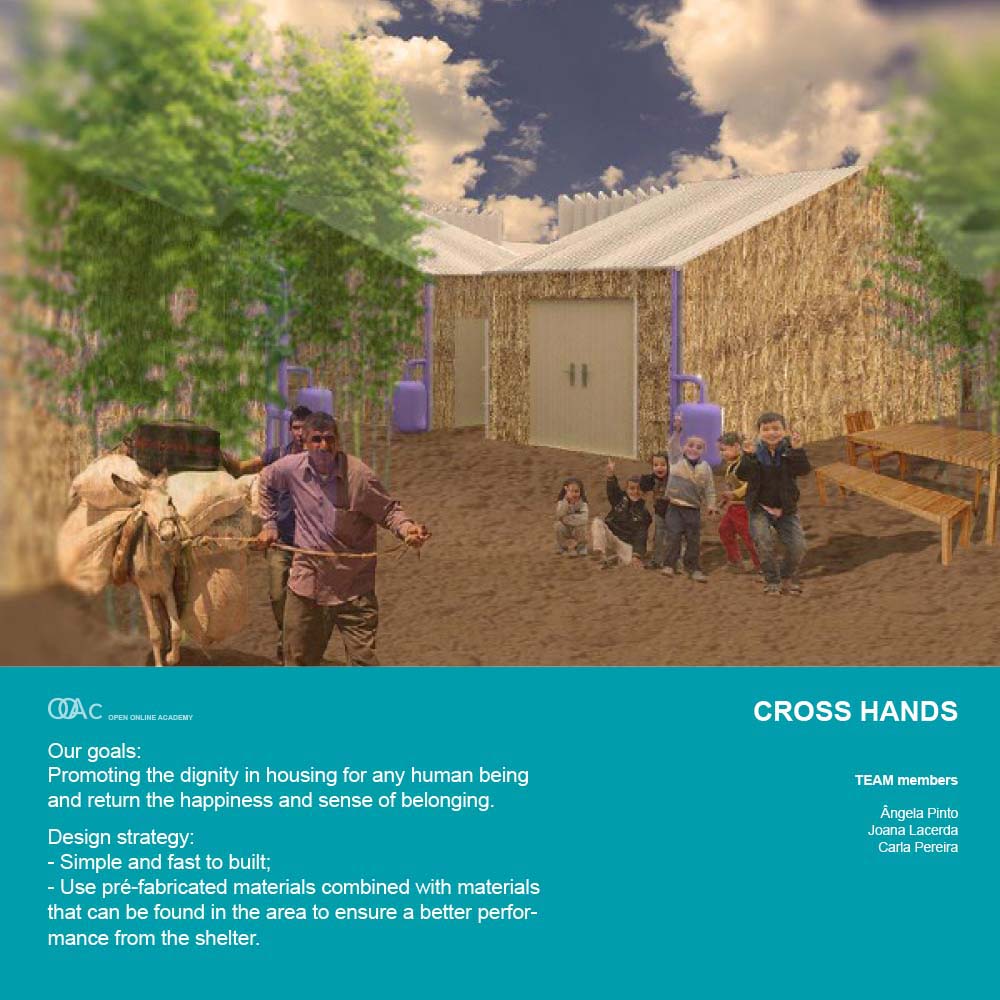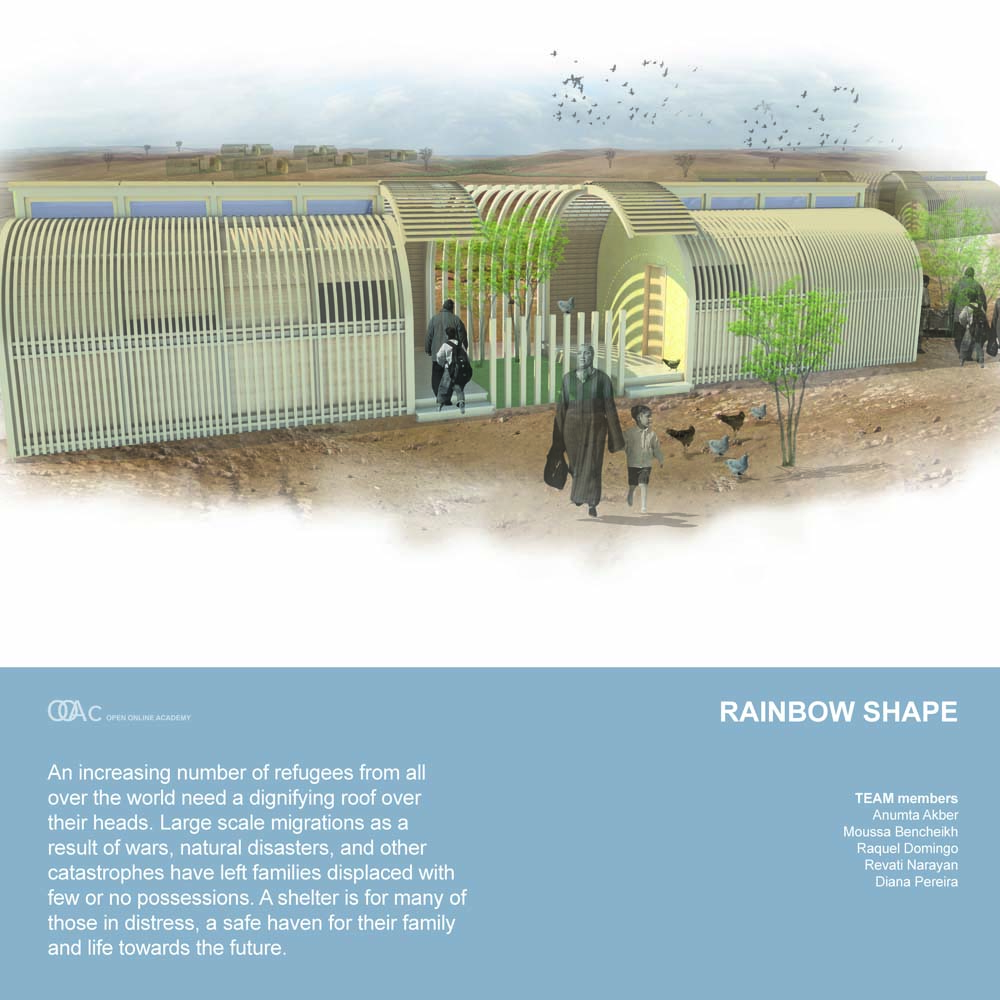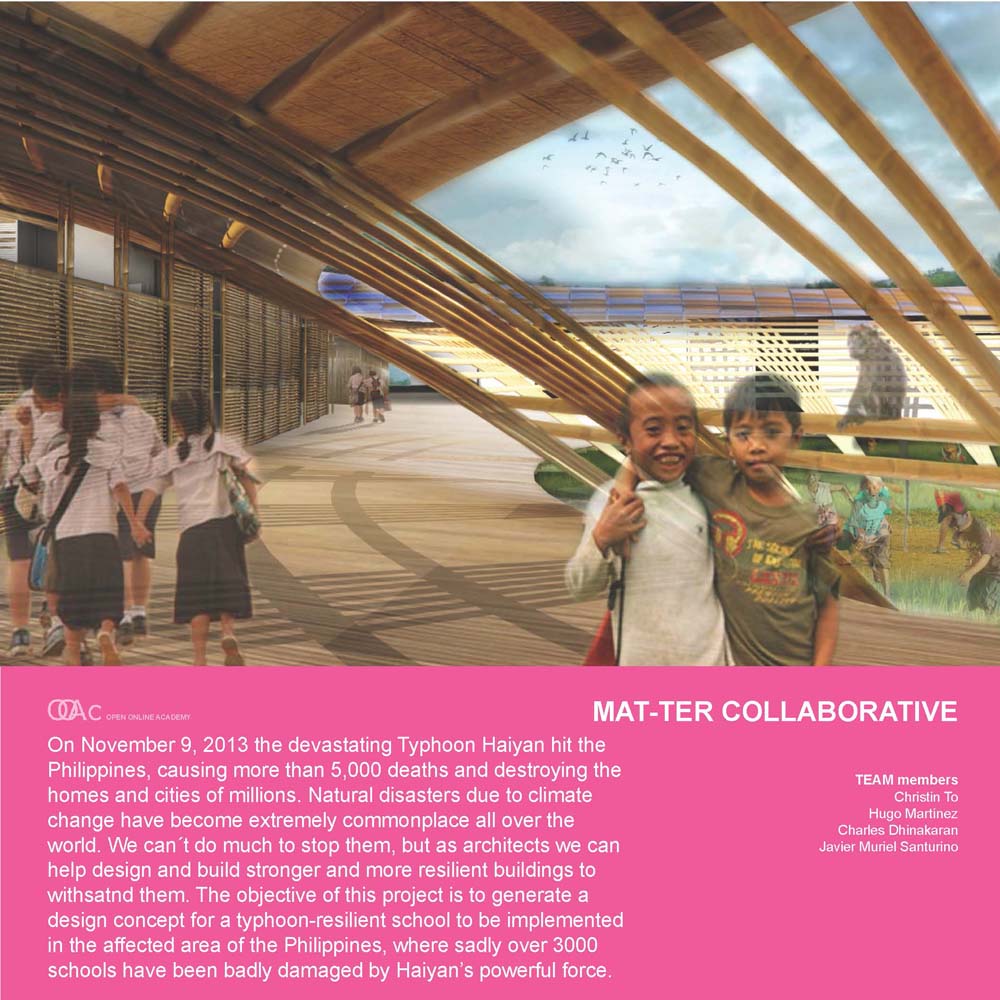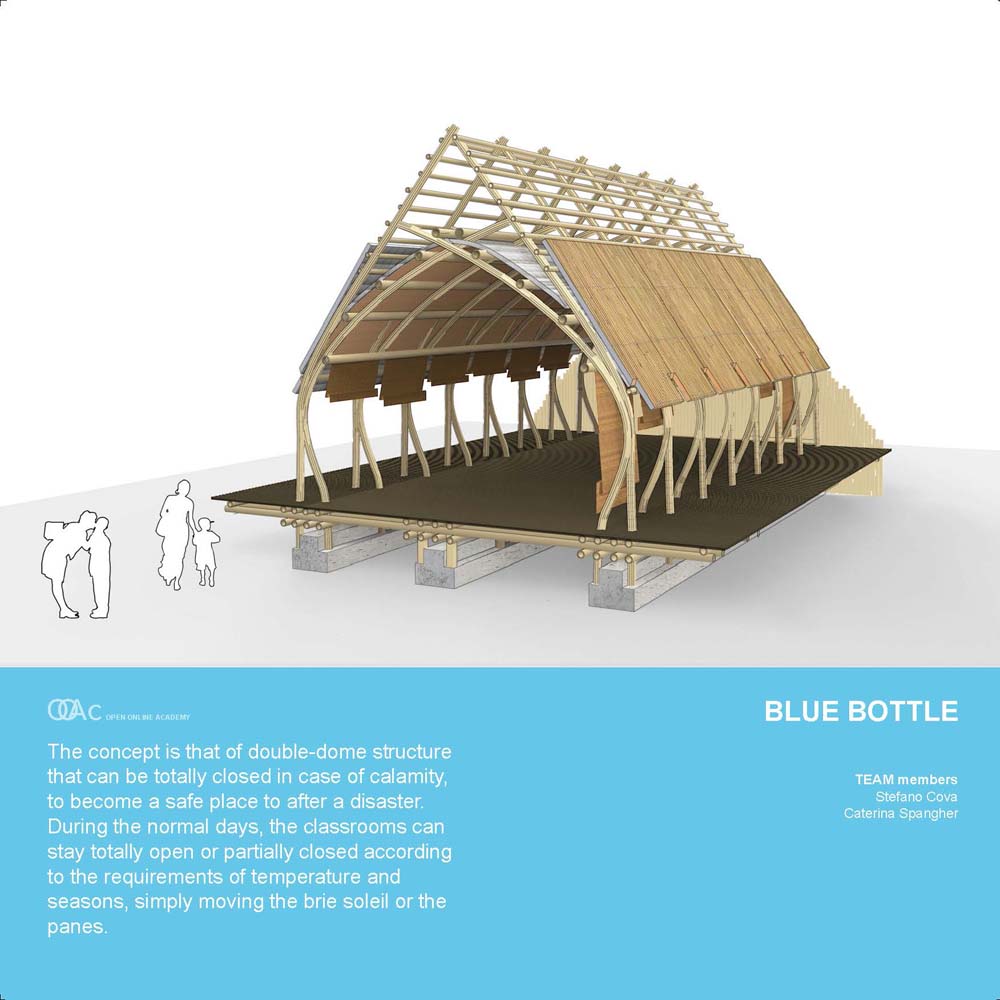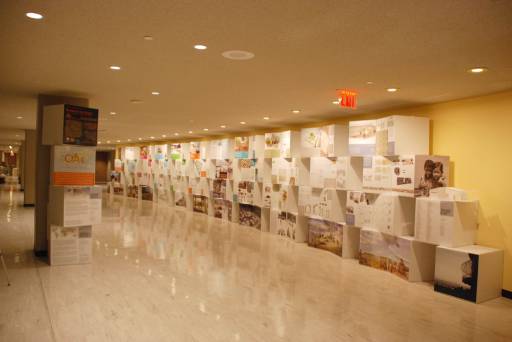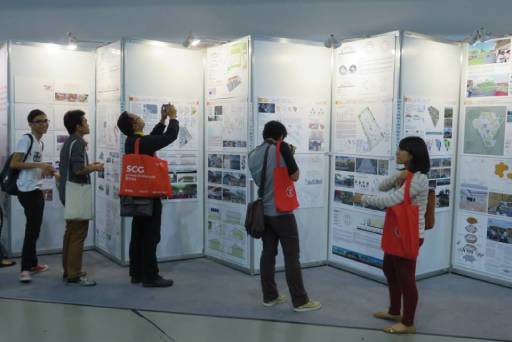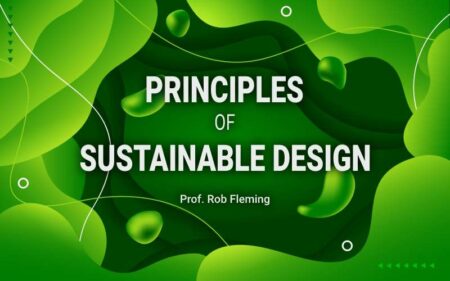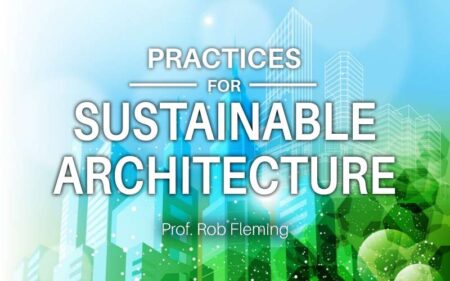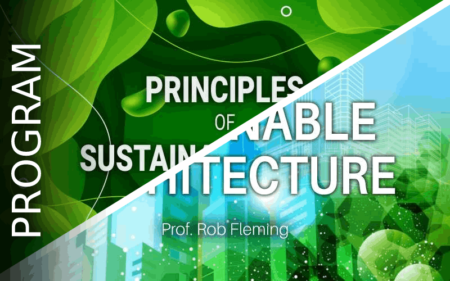How Crowdsolving works ?

Access to real projects
Access to projects from top developers, NGOs, government organizations.

Innovative collaboration
Collaboration and knowledge amongst an interdisciplinary community in the built environment.

Network
Work with top building industry professionals and experts around the globe.

Credentials & Exposure
Build your credentials through Build Academy courses and working with renown brands and organizations.
Benefits of crowdsolving
Crowd-solving challenges leverage our diverse community from around the world with different backgrounds and skills to work together on creating innovative solutions for projects relating to the built environment.
Crowd-solving combines research, education, design, and implementation to solve real-world problems that will remain relevant and sustainable for years to come. Build Academy does this by empowering a global community of academic and engineering professionals, providing them with a venue to participate in the projects so that they are able to make a global impact.

Work on real life projects
Depth of knowledge and crowd-sourcing leading to targeted and feasible solutions.

Spend your time wisely
Time effective project design leading to rapid achievement of outcomes.

Learn by doing
Apply course knowledge on hands on projects.

Build a great community
Participatory approach leading to project design involving communities and grass root level reach.
Success Story
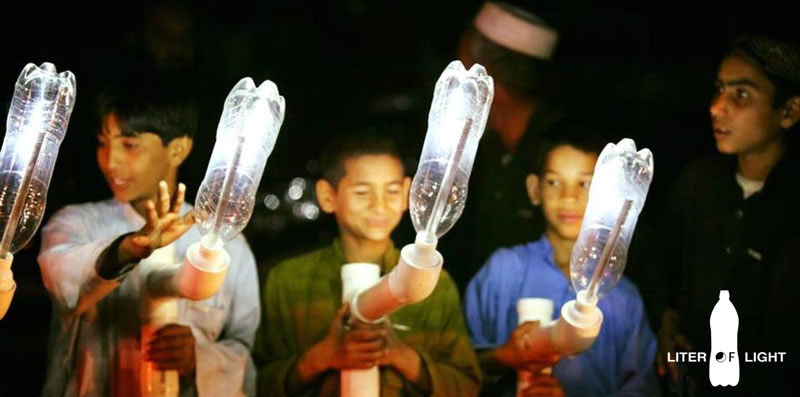
Liter of Light has been one of the most successful courses we have had thus far. Build Academy and Liter of Light teaches people all over the world how to Build Solar Lights for people living in underdeveloped areas where there is no affordable solution to get energy and lights.The goal of this online course was to generate designs for cost-effective sustainable solar lights for people living in underdeveloped areas where there is no affordable solution to obtain lights. The participants in this online course designed affordable and easy-to-build lights, which will be implemented by Liter of Light and partnering organizations moving forward.
Emergency Shelters
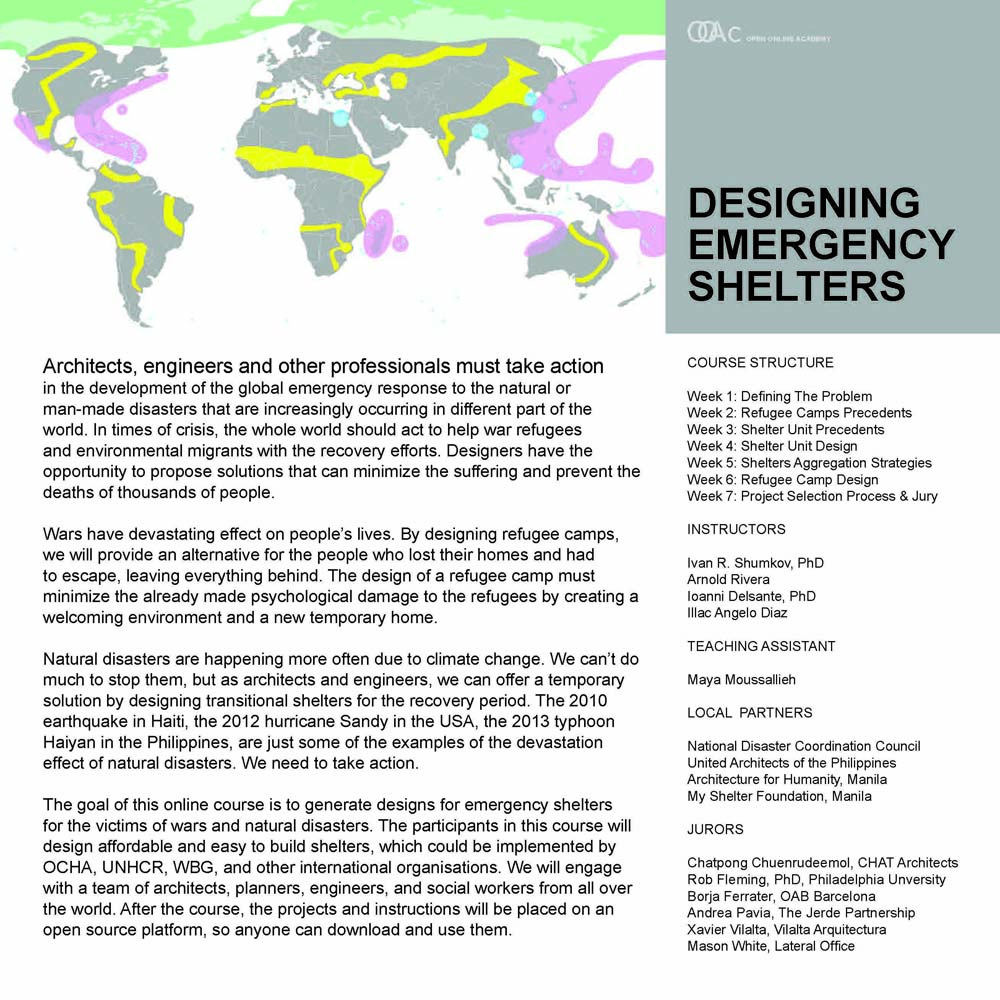
Architects, engineers and other professionals must take immediate action in the development of the global emergency response to the natural or man-made disasters that are increasingly occurring in different part of the world. In times of crisis, the whole world should act to help war refugees and environmental migrants with the recovery efforts. Designers have the opportunity to propose solutions that can minimize the suffering and prevent the deaths of thousands of people.
Wars have devastating effects on people’s lives. By designing refugee camps, we will provide an alternative for the people who lost their homes and had to escape, leaving everything behind. The design of a refugee camp must minimize the already made psychological damage to the refugees by creating a welcoming environment and a new temporary home.
In current times, natural disasters are happening more often due to climate change. We can’t do much to stop them, but as architects and engineers, we can offer temporary solutions by designing transitional shelters for the recovery period. The 2010 earthquake in Haiti, the 2012 hurricane Sandy in the USA, the 2013 typhoon Haiyan in the Philippines, are just some of the examples of the devastation effect of natural disasters. We need to take action.
The goal of this online course is to generate designs for emergency shelters for the victims of wars and natural disasters. The participants in this course will design affordable and easy to build shelters, which could be implemented by OCHA, UNHCR, WBG, and other international organisations. We will engage with a team of architects, planners, engineers, and social workers from all over the world. After the course, the projects and instructions will be placed on an open source platform, so anyone can download and use them.
Resilient Schools
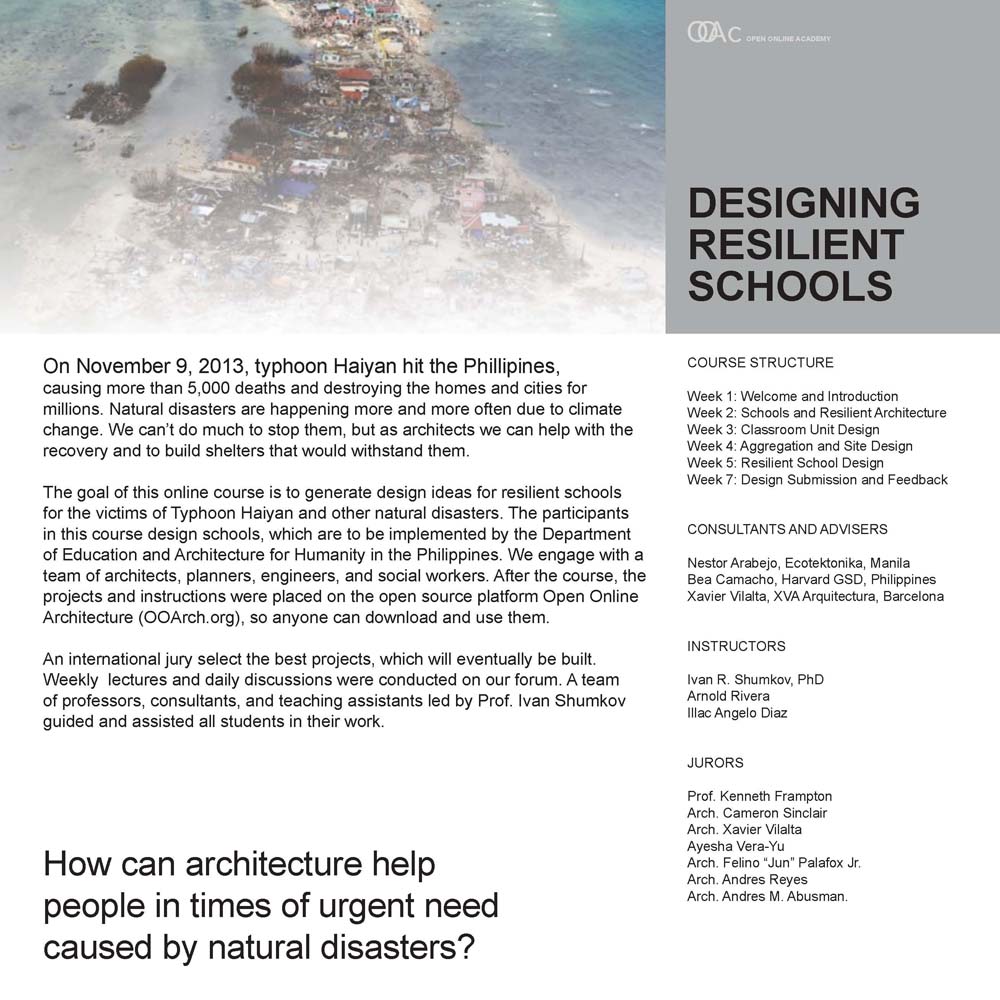
On November 9, 2013, typhoon Haiyan hit the Phillipines, causing more than 5,000 deaths and destroying the homes and cities for millions. Natural disasters are happening more and more often due to climate change. We can’t do much to stop them, but as architects we can help with the recovery and to build shelters that would withstand them.
The goal of this online course is to generate design ideas for resilient schools for the victims of Typhoon Haiyan and other natural disasters. The participants in this course design schools, which are to be implemented by the Department of Education and Architecture for Humanity in the Philippines. We engage with a team of architects, planners, engineers, and social workers. The projects and instructions were placed on BuildAcademy.com, so anyone can download and use them.
An international jury select the best projects, which could be built. Weekly lectures and daily discussions were conducted on our forum. A team of professors, consultants, and teaching assistants led by Prof. Ivan Shumkov guided and assisted all students in their work.
Related courses and programs
Crowdsolving projects are on hold due to the COVID-19 pandemic. If you are interested in sustainability, here are some related courses.

